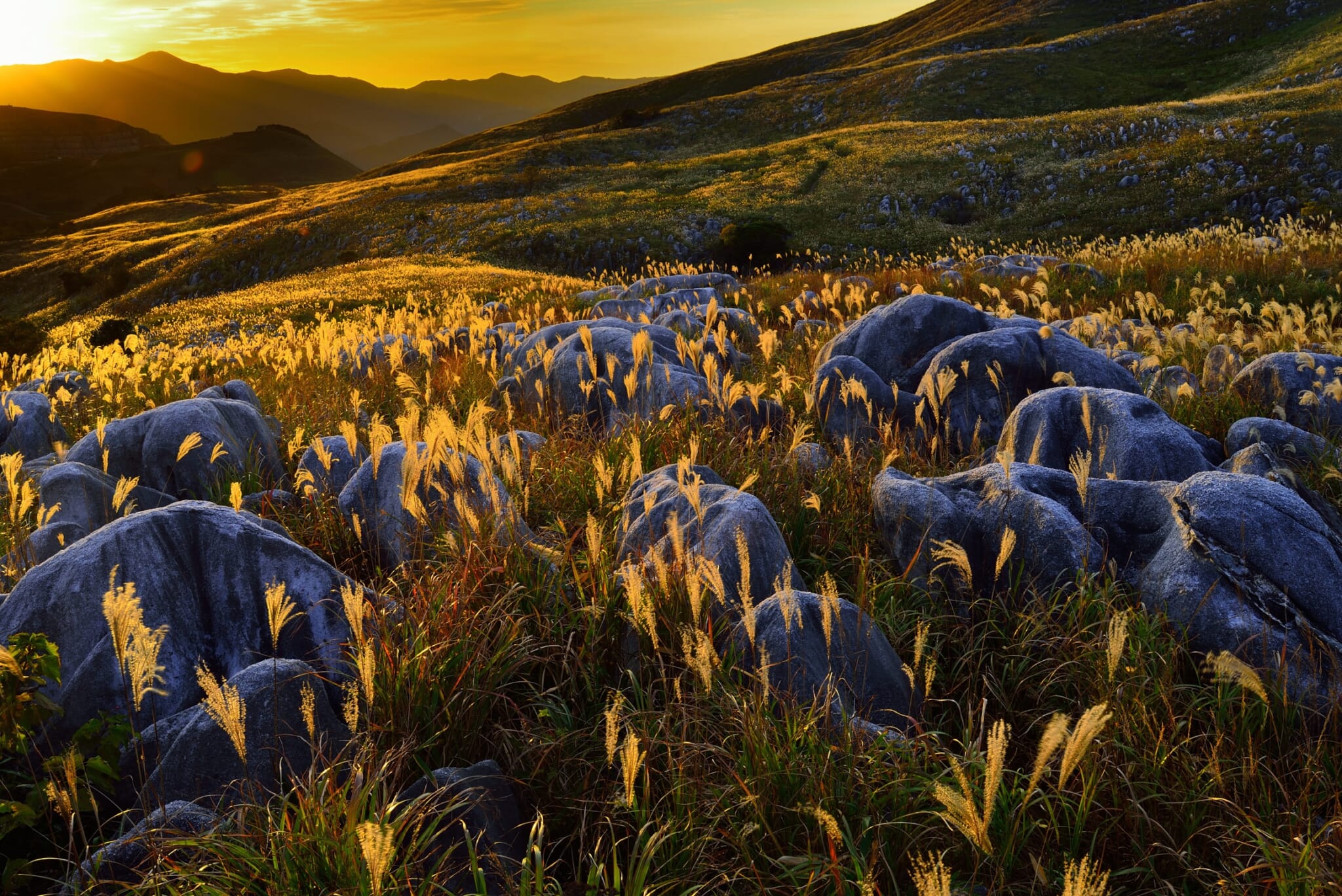Japan prides itself deeply on its four distinct seasons, and appreciating each is an act imbued with deep aesthetic and even spiritual resonance. Spring in Japan, with its delicate cherry blossoms, is world famous for being a time to commune with the natural world and contemplate the transience of life — but autumn, too, is rich with its own beauty and significance. Momijigari, or “autumn leaf hunting,” which refers to appreciating the changing seasons and visiting places where the leaves have started to transform, is a popular pastime, and there are a variety of other seasonal activities to partake in, including festivals and temple visits, not to mention an abundance of autumn-specific cuisine.
With its rich local culture and varied landscapes, Fukuoka is a perfect place to savor Japanese fall, offering experiences that can’t be had anywhere else — it’s awash with unique momijigari spots, seasonal festivals and ceremonies that only take place this time of year. Here are some highlights from the prefecture:
An Array of Autumn Leaf-Hunting Spots
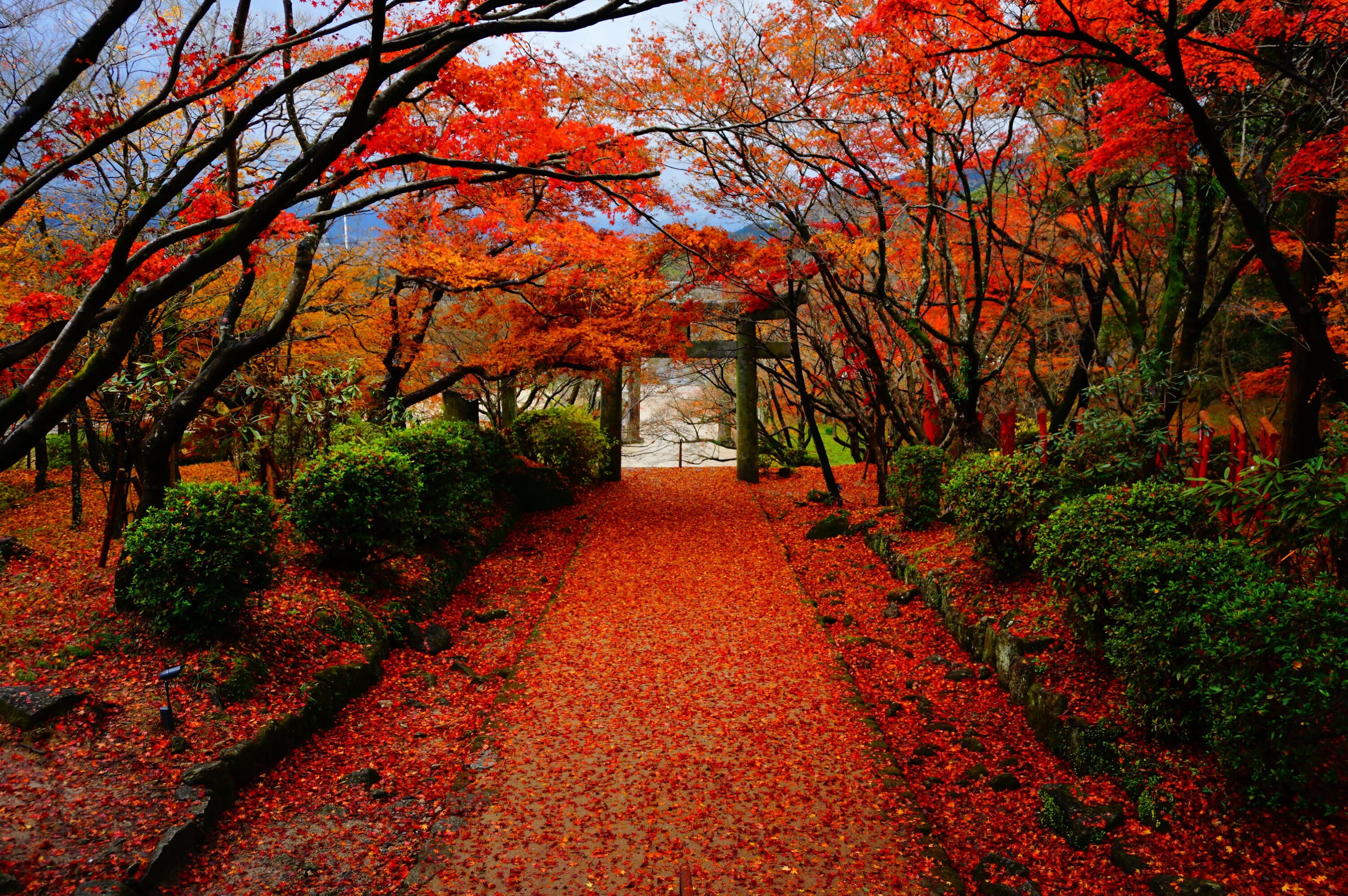
Kamado Shrine, Dazaifu
Kamado Shrine is located on Mount Homan, long venerated as a sacred spot inhabited by gods; it consists of sanctuaries at the foot of the mountain and at the peak, and it’s known as a particularly auspicious place for love and match-making prayers.
It’s also renowned for its scenery, with a surfeit of sakura in the spring and a riot of radiant foliage in the fall. In autumn, around 300 deciduous trees leading up to the shrine, including ginkgos and maples, explode into red and orange hues. This tunnel of foliage is a popular sightseeing spot, and it’s also the location of the annual Kamado Shrine Momiji Festival, which will take place on November 23 and 24 this year. There will also be an evening illumination event that highlights the resplendence of the leaves from November 16 to 30.
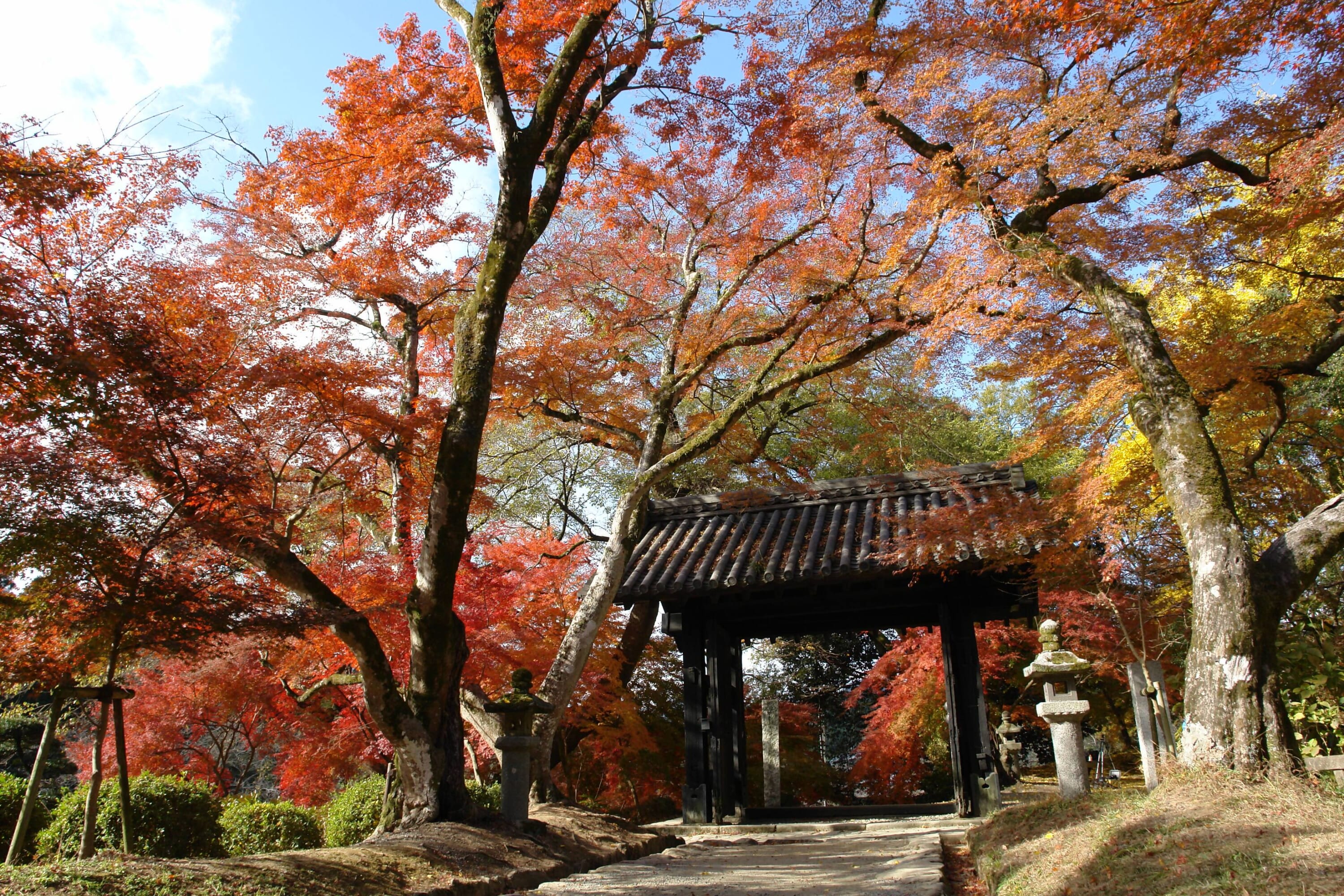
Akizuki Castle Town
Akizuki is famous for its 800-year-old castle town, overflowing with historic charm and often referred to as Chikuzen’s Little Kyoto. Though the castle no longer exists, its picturesque ruins — stone walls, watchtowers, remnants of a moat and gates — create a striking scene. Among these, the Kuromon (black gate) stands out, especially during the fall. When the time is right, around 20 maple trees thronging the gate turn vibrant red, creating a remarkable contrast with the black structure. Additionally, during the foliage season in November, Akizuki’s main street, Suginobaba-dori, is lined with stalls for visitors to enjoy.

Hiraodai Limestone Plateau
A sprawling karst landscape that’s been designated as a quasi-national park, Hiraodai Limestone Plateau has unconventional and otherworldly autumn scenery. The area is well known in Japan for its surreal beauty, with limestone formations jutting out of the verdant, mountainous landscape.
In the fall season, visitors can see a huge profusion of pampas grass swaying in the breeze; in the summer, this plant is lush and green, but once the season changes, it takes on shimmering silver and gold hues. The limestone plateau is an excellent place to take a hike or just take in the view; it also makes for one-of-a-kind photos — a lovely alternative to classic foliage hunting.
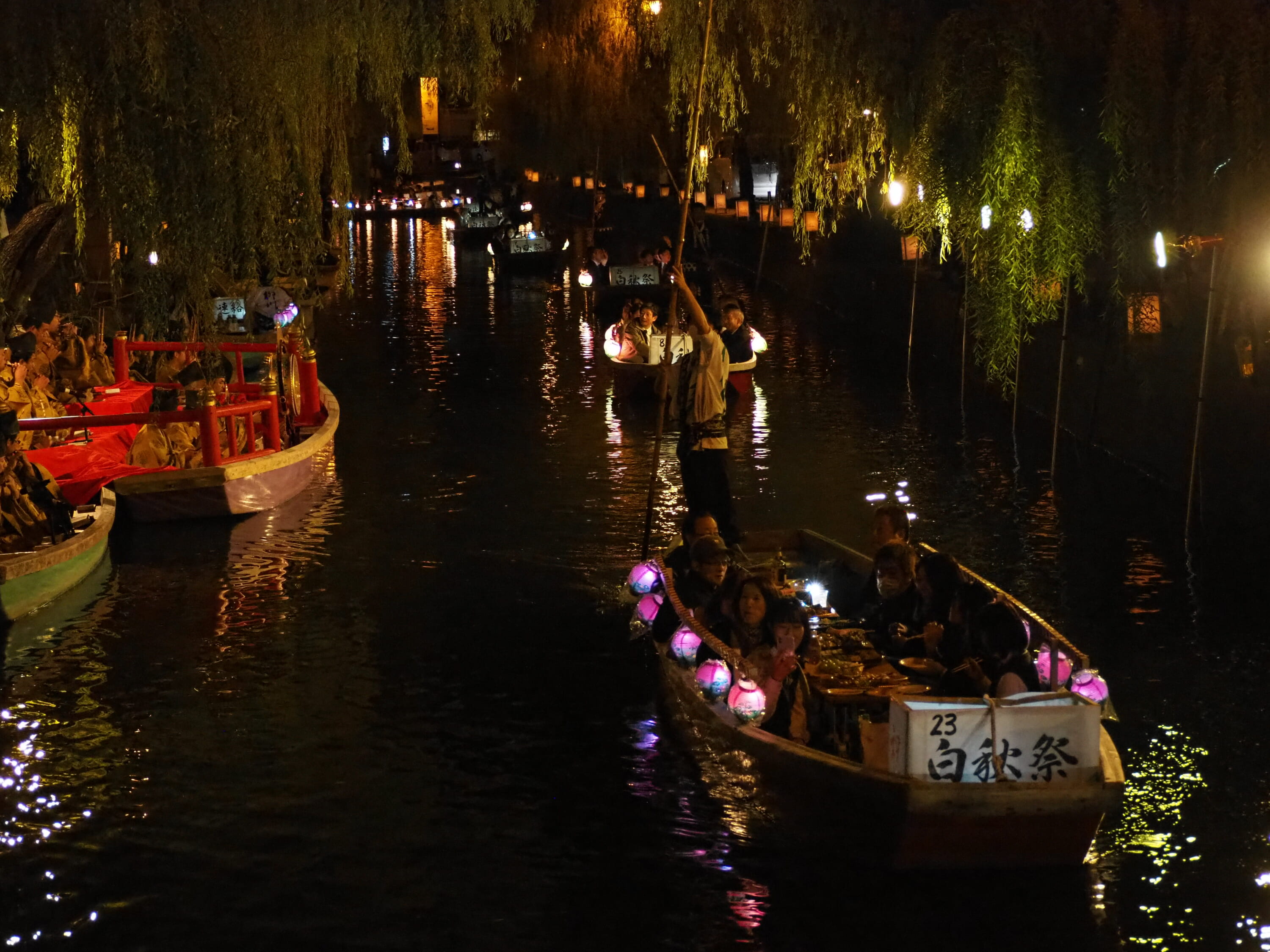
A Luminous, Poetic Parade on Water
Held to commemorate the anniversary of poet Hakushu Kitahara’s death on November 2, 1942, the Hakushu Festival and Parade on Water takes place annually from November 1 to 3. Kitahara is one of the most influential modern literary figures in Japan, known for his romantic poetry that often took everyday life as its subject — nostalgia, yearning for childhood, appreciation of nature.
The festival is an extraordinary, singular event that highlights both the poet’s enduring legacy and the cultural heritage of Yanagawa, his beloved hometown, which is known for its canals. These are the site of the parade on water, one of the most unique and memorable aspects of the festival: Several dozen ships lit up by lanterns, form a magnificent procession starting at dusk. At temporary stages constructed along their route, a variety of events will take place: Locals will perform traditional songs and recite from Kitahara’s works, and there will also be Japanese drum and koto performances, plus performances by a high school brass band.
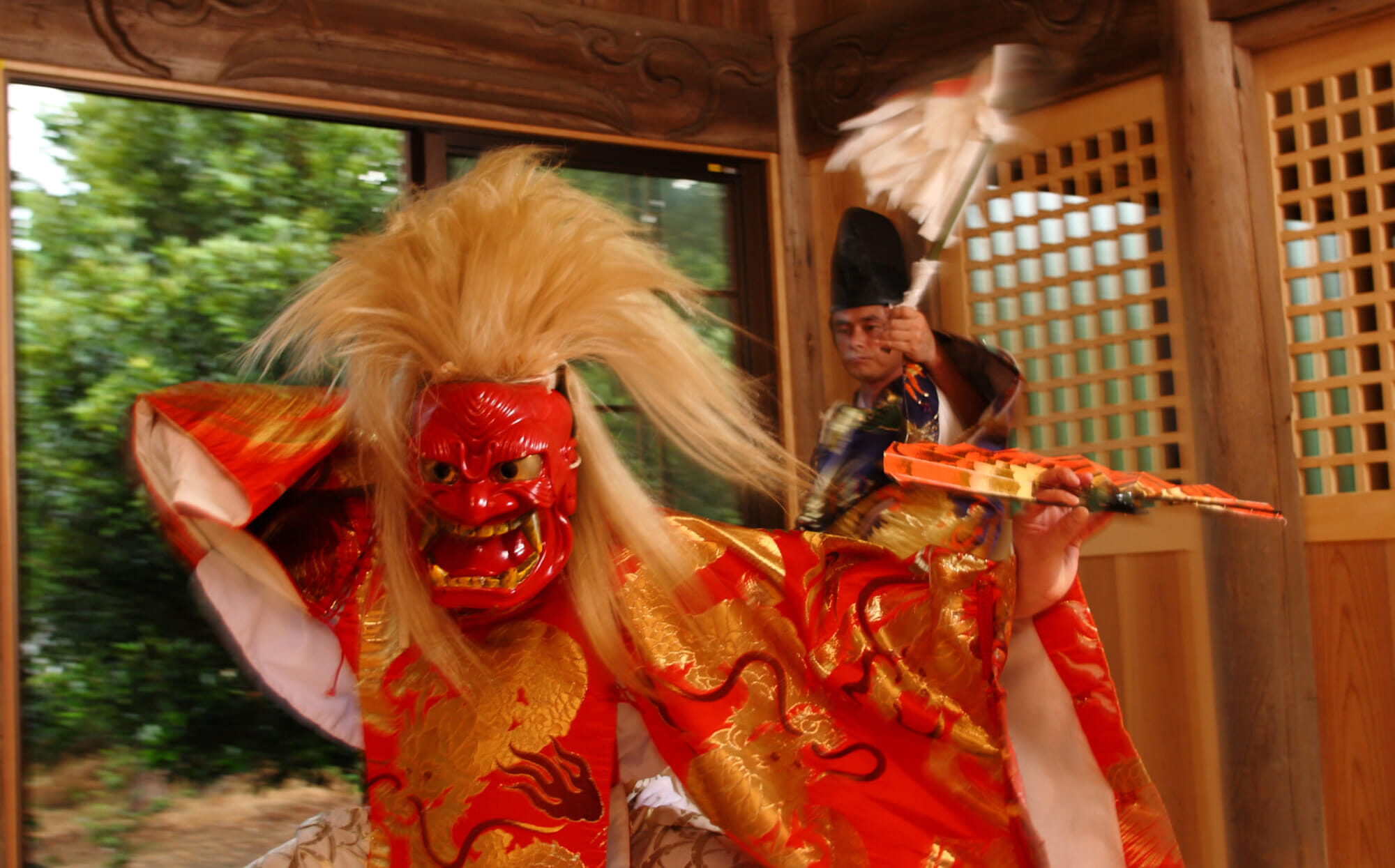
Mystical Dance With Centuries of History
Kagura dance, which can be literally translated as “god entertainment,” is a sacred Shinto ritual that dates back to ancient times, often involving ornate, colorful costumes and masks; since it’s a method of entertaining and honoring the gods, it’s often performed around harvest times to pray for good fortune, purity and abundance.
The Keichiku area, in the northeastern part of Fukuoka Prefecture, is one of the most active areas in Japan for kagura dance. To this day, the region hosts over 200 performances annually. There are 30 active kagura groups in Keichiku, many of which perform Buzen kagura, a distinctive, graceful and dynamic style that’s been passed down in the area for centuries and has been recognized as an Important Intangible Folk Cultural Property of Japan. For those who wish to witness firsthand the splendor of kagura dance in autumn, dozens of performances are held at shrines throughout Keichiku from September to December of each year. It’s a rare and thrilling opportunity to experience firsthand local heritage and rituals with hundreds of years of history.
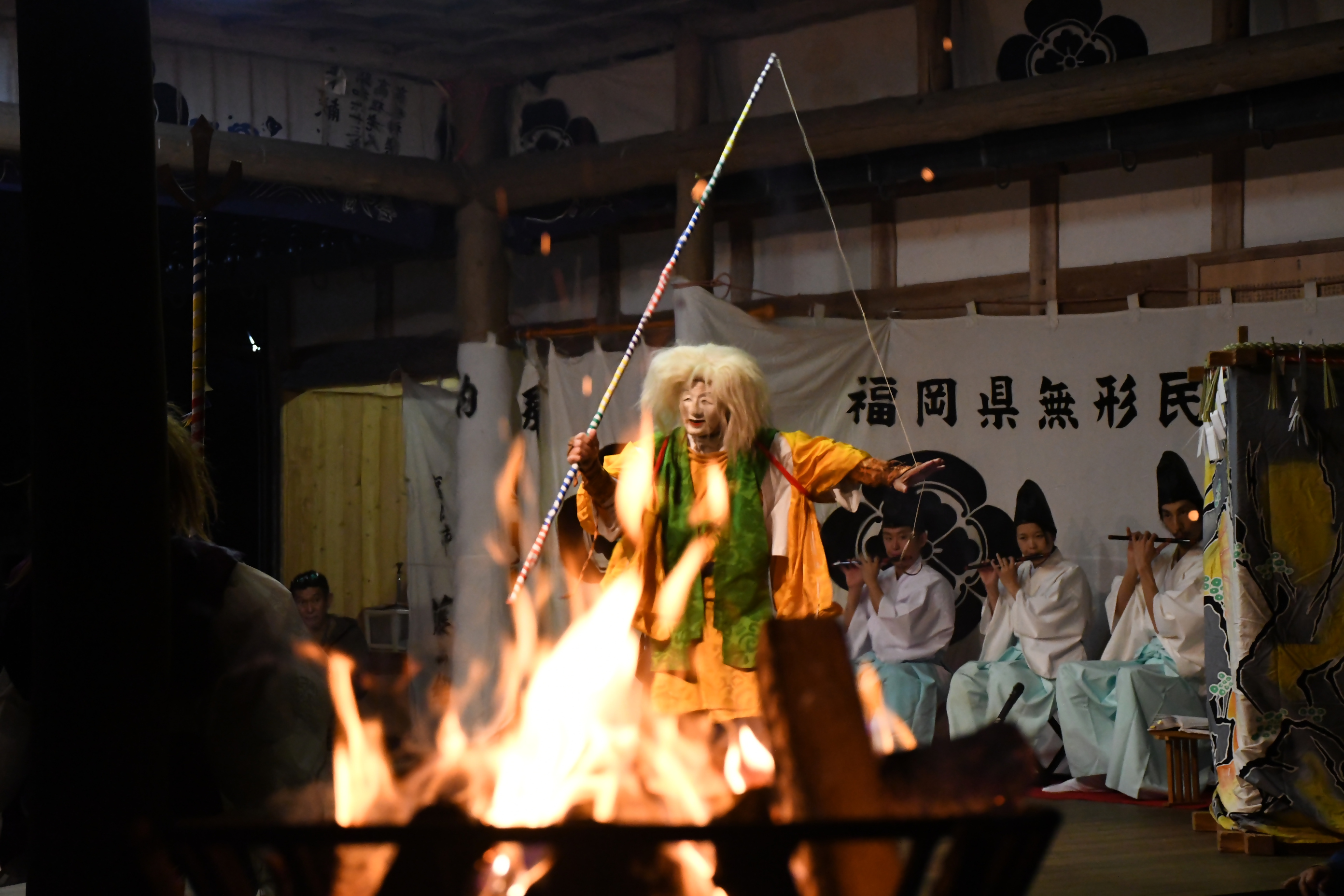
Another Kagura dance to put on your radar takes place every year on the fourth Saturday of October at Itoshima’s Takasu Shrine.
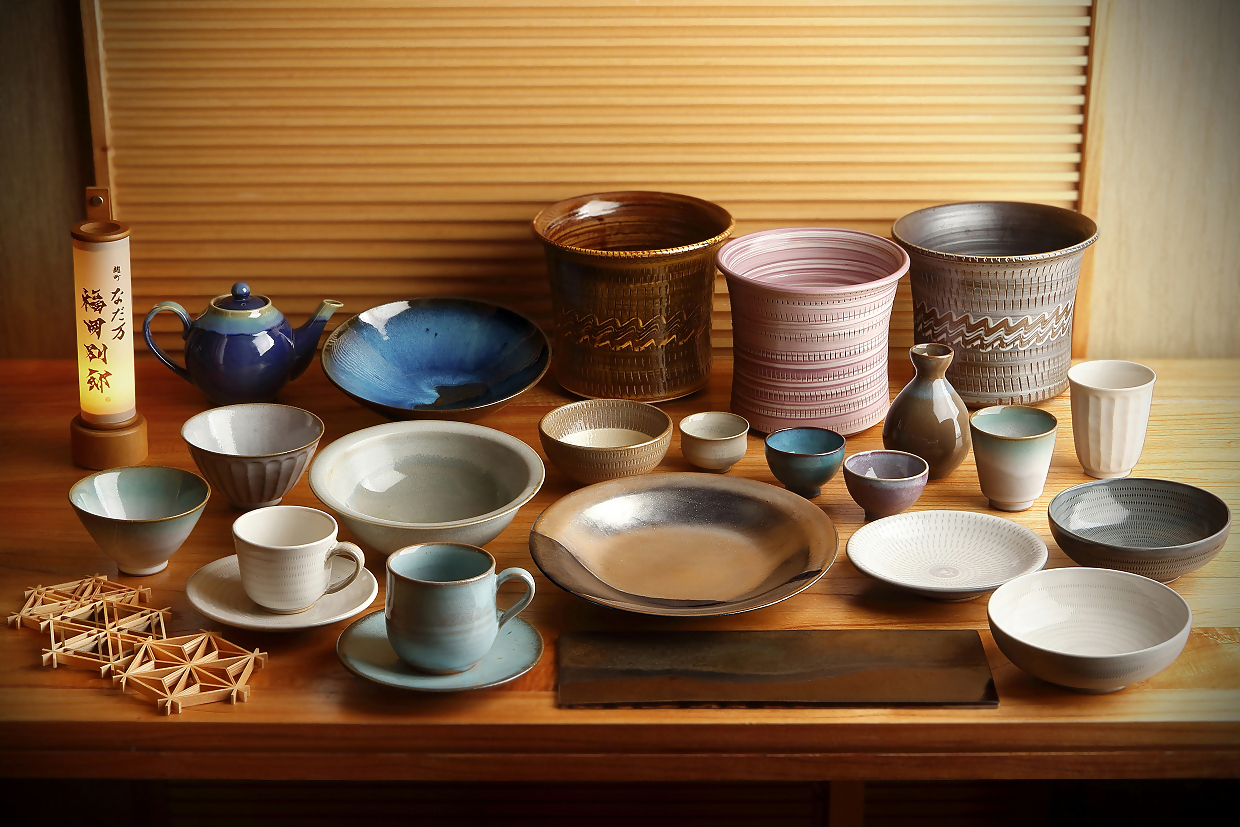
Fukuoka Ceramics
In addition to its festivals, food and history, Fukuoka is also known throughout Japan for its traditional crafts; the prefecture has several distinctive types of pottery, each with its own style and historical significance. Koishiwara ware, for instance, is known for its simple, rustic elegance, whereas Takatori ware is prized for its delicacy, with a thin, porcelain-like feel.
At Kojimachi Nadaman Fukuoka Bettei, a collaboration between the Fukuoka Prefectural Government and the restaurant brand Nadaman located in the heart of Tokyo, food and drinks are served in traditional Fukuoka wares, allowing visitors to directly encounter the region’s cultural heritage.
For those who want to venture outside of the capital, the Minto Mura Festival is the largest pottery festival in the Koishiwara area, attracting ceramics enthusiasts from across the country. It’s held twice a year, in spring and fall. This year’s autumn festival will take place from Saturday, October 12 to Monday, October 14, and around 50 kilns from the region will be selling their finest goods, fired specially for the occasion, at discounted prices.
Kojimachi Nadaman Fukuoka Bettei
1-12-1 Kojimachi, Chiyoda city, Tokyo
Updated On August 29, 2024

